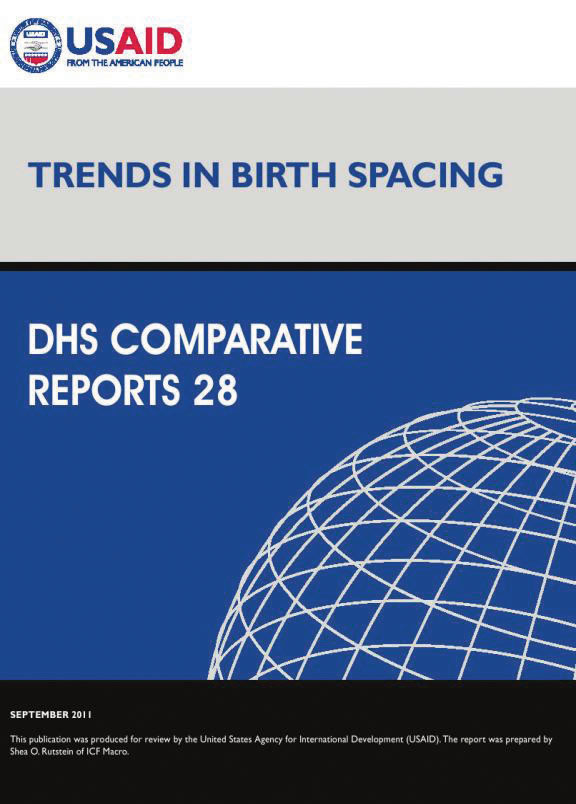- PUBLICATIONS
- JOURNAL ARTICLES
- ACCESS PUBLICATIONS
Publications Summary
- Document Type
- Comparative Reports
- Publication Topic(s)
- Fertility and Fertility Preferences
- Language
- English
- Recommended Citation
- Rutstein, Shea O. 2001. Trends in Birth Spacing. DHS Comparative Reports No. 28. Calverton, Maryland, USA: ICF Macro.
- Download Citation
- RIS format / Text format / Endnote format
- Publication Date
- September 2011
- Publication ID
- CR28
